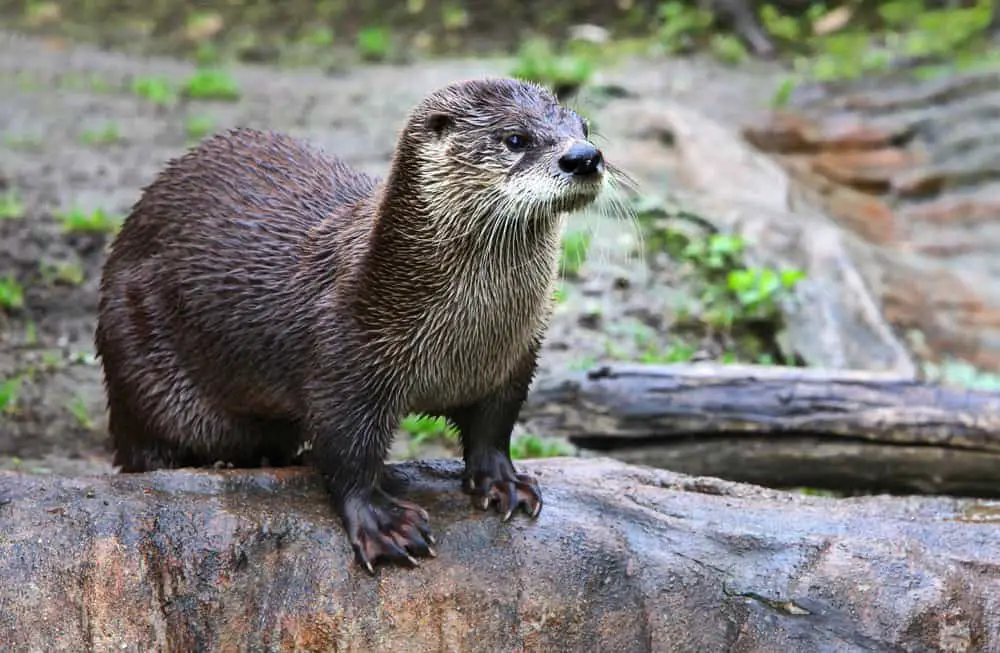
“That’s a lotta otters,” the man said.
Not only are there a great many otters in the world. There are a great many animals who are similar to otters. Let’s have a look. Let us compare them all to our classical North American otter (Lontra Canadensis).
Also called the Northern River Otter, Lontra Canadensis is an aquatic mammal. It abides in rivers, lakes, swamps, river deltas, and estuaries. It lives in a den, often a den abandoned by some other animal. It prefers holes in riverbanks with underwater entrances.
Our American otter dines on crayfish, crabs, and a wide variety of fish. However, its palate is not limited to fish. It also enjoys small mammals (lookout, mice!) and it will not refuse a salad of water plants.
What does he/she look like? They have a longish streamlined body with short legs and fully webbed feet. When the heads are above water we see a pointed nose and small ears. The eyes are dark and mischievous. Out of the water, we notice dense dark fur, perfect insulation for cold waters, and a thick, pointed tail.
The tail is heavily muscled. It makes up 40% of the otter’s overall length. With the help of its tail, the otter can reach speeds of 8-10 miles an hour underwater and dive as deep as 40 feet. An adult will weigh 10 or 35 pounds and be 2.5 to 5 feet in length. Females are about 1/3 the size of males.
Otters prefer unpolluted waters and a minimum of human interference. They can thrive in hot or cold climates. They are adaptable to either high or low altitudes. The North American otter’s home range can extend up to 30 square miles but it is usually 15 square miles. The home range will tend to shrink significantly during the breeding season.
River otters may live alone or in pairs but they often socialize in groups. They are famous for their playful antics. Their agility enables them to swiftly twist, roll, dive and slide in the mud. This play strengthens social bonds and sharpens hunting techniques.
Besides playing and socializing, the otters spend a large part of their day marking their territories. They mark by rubbing their scent glands on rocks and trees. They also will urinate and defecate to mark. They leave their spraint (stool) behind as a marker.
It is not known for certain whether otters pair off only to breed or whether they mate for life. Breeding takes place in winter, late spring, or summer. Conception can be delayed up to 11 months while gestation takes about 60 days. Births occur in spring.
At birth, the young weigh from four to six ounces. They measure from eight to eleven inches. The male is evicted from the den when birth occurs. He will stay outside until the young are weaned. Then he returns to help raise the pups.
Pups are weaned at three months. They will remain with the family until another litter arrives. Otters generally reach maturity at three years of age. The longevity of the North American otter is twelve years, although they have been known to reach 27 years.
Sea Otter, anyone?
Before we jump into the mob of animals similar to otters, let us take one quick look at the Sea Otter (Enhydra lutris). The sea otter is an otter-like Lontra Canadensis but different. Lutris lives almost exclusively at sea, often floating on his/her back.
Indigenous to the North Pacific Ocean, sea otters are much bigger than lontra and can weigh as much as 90 lbs. That’s small for a marine animal. Instead of fat, the sea otter has a very thick coat. The North Pacific can be cold, but friend lutris is ready.
The sea otter prefers littoral environments. It dives to the seafloor to hunt for food. The sea otter is a carnivore. It feeds on sea urchins, fish and crustaceans. It uses rocks as tools, breaking open shells while floating on its back.
It is recognized as a “keystone species”. It controls the sea urchin population, thus preventing widespread damage to kelp forest systems.
Sea otters like to rest together in uni-gender groups called “rafts”. Rafts usually contain up to 100 male or female otters. The male rafts are bigger than the female ones. The largest raft ever seen had more than 2,000 otters. That’s “a lotta otters.”
Sea otters in the wild can live to be 23 or 24 years old. The population of sea otters was once estimated at 300,000. They occupied a swath of ocean from Japan to Mexico touching the Aleutian Islands. The fur trade reduced that number to 2,000.
Table of Contents
Otter look-alikes
We’re talking family now, the Mustelidae family. The Mustelidae includes all otters and their cousins: badgers, martens, weasels, mink, fishers, ferrets, wolverines (wolverines?), yes, wolverines, polecats, sables, tayras, Zorillas, and wait for it, the Lesser Grison. That’s a lotta look-alike.
American badger
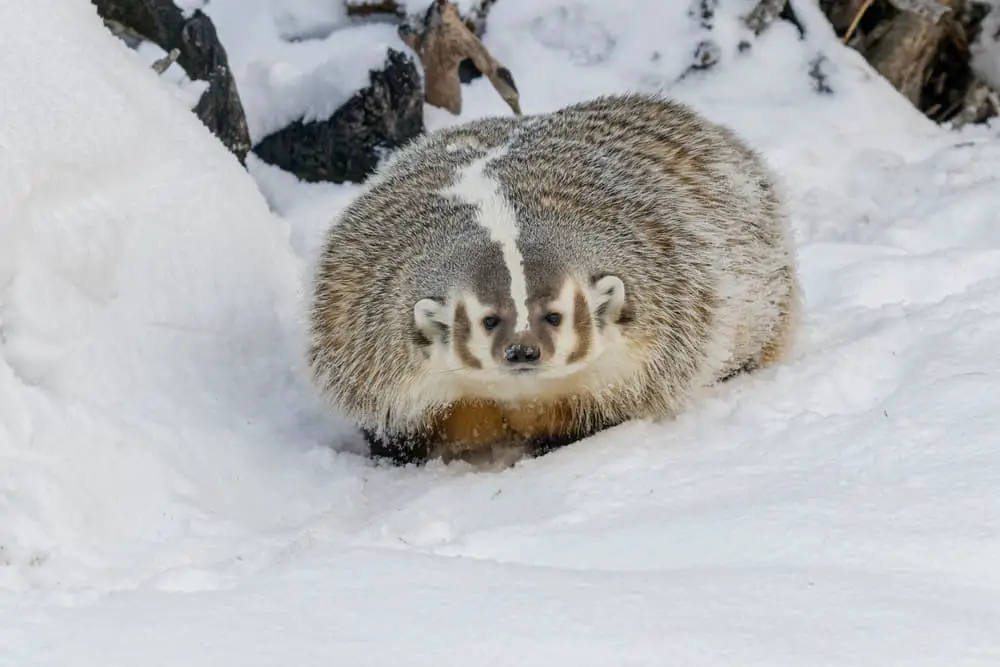
Let’s start with the American badger. The American badger is the most basic badger. Badgers are classified in three types. They are Eurasian badgers, honey badgers, and our very own American badger. The American badger, like the American otter, belongs to the family Mustelidae. It is a cousin to the North American otter.
The American badger resembles the otter a little bit in that it has short legs and a muscular body. It is about nine inches high and 25 or so inches long. It weighs about 24 pounds. It can swim, and quite well too, but it is not an aquatic mammal.
The badger life span is four to 10 years. They can live as long as 14 or 15 years and even longer in captivity. Most populations of badgers appear not to be endangered. The American badger population is estimated to be more than several hundred thousand.
Honey badgers
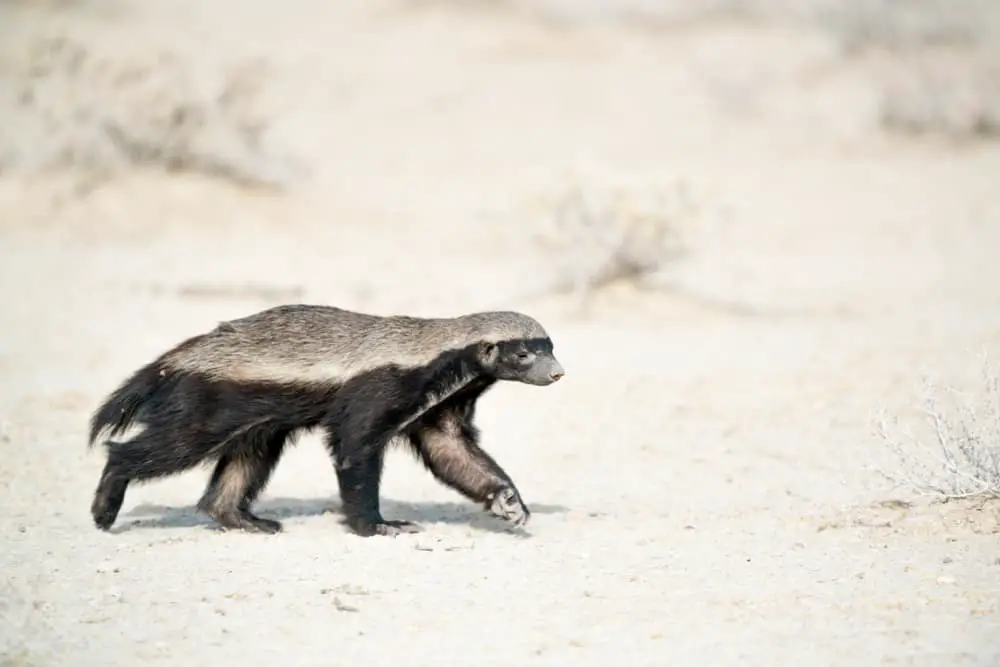
The Honeybadger is not a sweet thing. While it may be likened in some ways to the otter, it is very like a weasel. It has a thick hide, strength, and a fierce temper when it is threatened. It is a predator like an otter, but it has few enemies.
It does look like an otter although scientifically it is rated closer to weasels and martens. Like a small otter, it has short powerful legs, a curved back, and a tapered tail. It too can swim, if need be.
The honey badger frequently raids beehives (Quelle surprise!) in search of honey and bee larvae. It is also enthusiastic about insects, frogs, tortoises, lizards, snakes, and eggs. For roughage, it accepts berries, roots, and bulbs. Well, just about anything.
Its life span is not certain although honey badgers in captivity have lived as long as 24 years. In Africa Honey badgers often kill and eat black mambas. No wonder they manage to live as long as they do.
Wiley Weasels
Weasels have long, slender bodies like some otters. They have short legs and small facial features. They are six to eight inches in length. Their tails are one to two inches long. The typical humped back completes the picture.
Weasels are territorial. Their turf can include some 20 acres. Males and Females live in separate dens. All Weasels usually have several different dens which they visit in their travels. They are also very good climbers. They live as long as 12 years.
Fishers
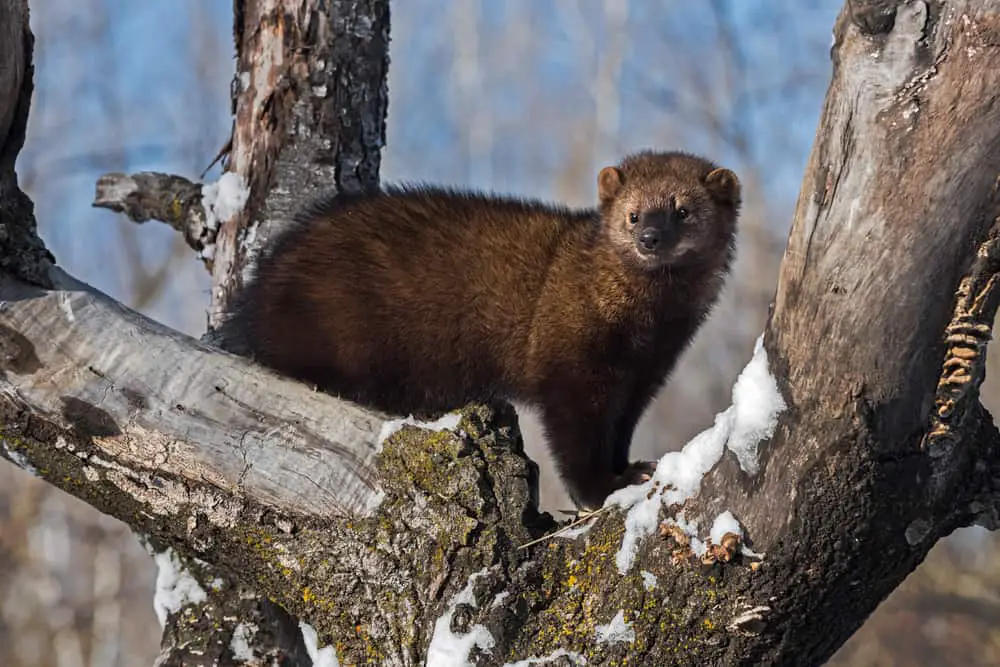
Nearly exterminated in the United States in the early part of the twentieth century, fishers are now on the rebound. Males can weigh eight to 13 pounds and female weights range from four to six pounds. It is an able climber but it is mostly a groundling.
Its diet is more varied. It is an omnivore. It feeds on small animals and a good deal of fruits and vegetables. It will eat fish if there’s nothing else around. They are active at dawn and at night. They have a life span of seven years.
Mink
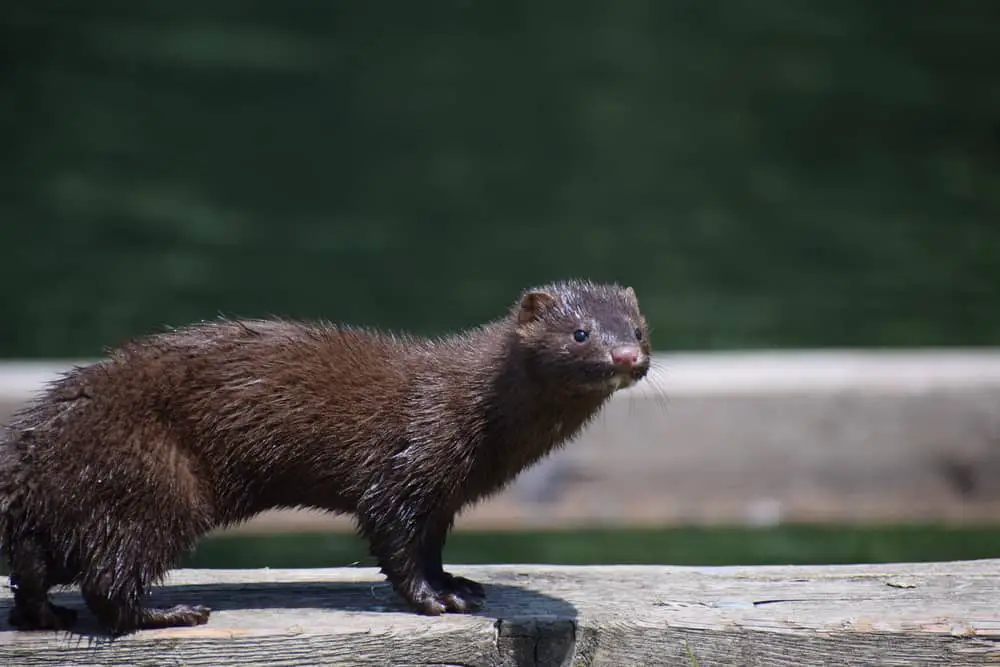
Mink are semi-aquatic (surprise!) animals and yes they look similar to an otter. There once was a sea mink but it’s gone. A wild mink will weigh about two pounds and measure some 23.5 inches in length. Mink also have the ability to delay implantation. They will have but one litter a year. Their life span in the wild is three years.
Ferrets
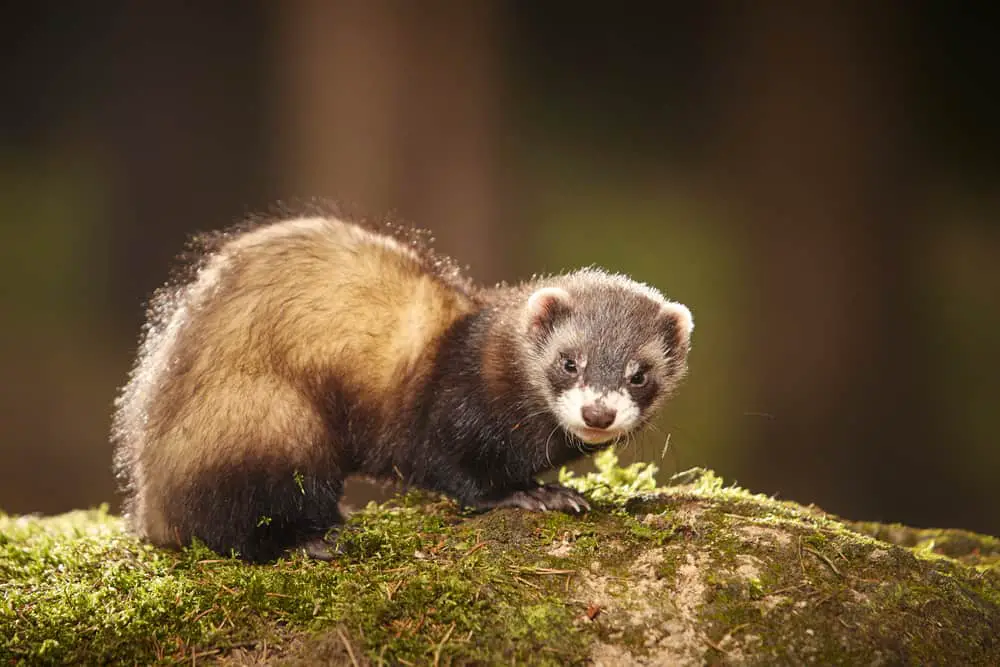
The ferret is the only domesticated animal among the Mustelidae. The mature ferret is about 20 inches long and weighs between 1.5 and 4.4 pounds. Because of its high metabolism, it must eat constantly. They can live for seven years.
Wolverine
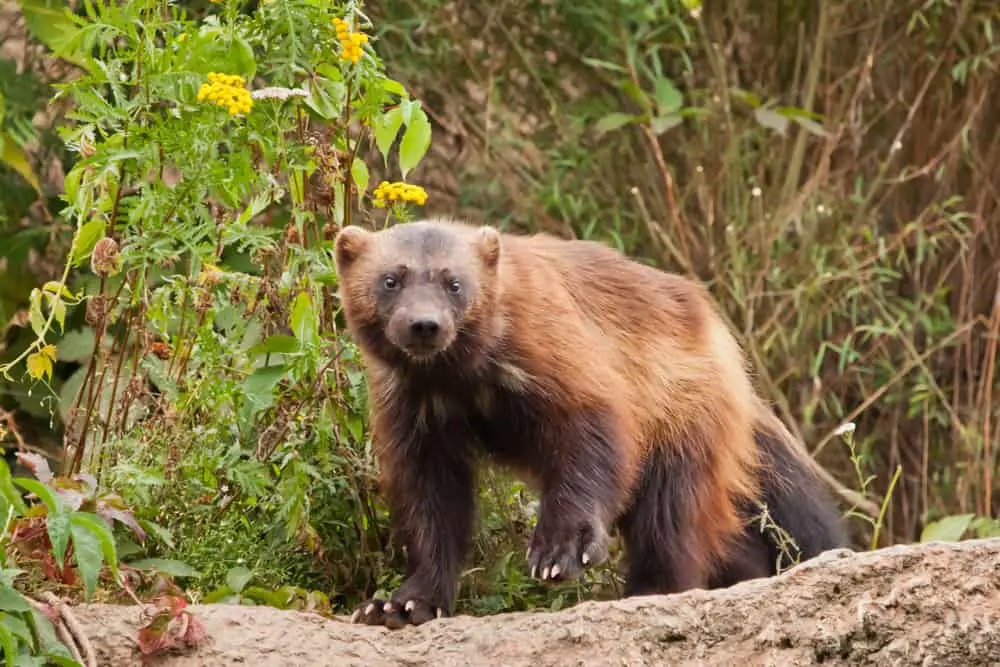
The Latin scientific name for wolverine is Gulo gulo. Gulo means “glutton”. Its habitat is in remote places in the Northern forests and the alpine tundra. It is plentiful in Northern Canada, Alaska, northern Scandanavia, Russia, and Siberia.
It resembles a bear more than an otter. It has a length of up to 42 inches plus a six-inch tail and a weight of 12 to 55 pounds. It stands eighteen inches high at the shoulder. It is a scavenger, often stealing from predators. The life span is ten years.
Tayra
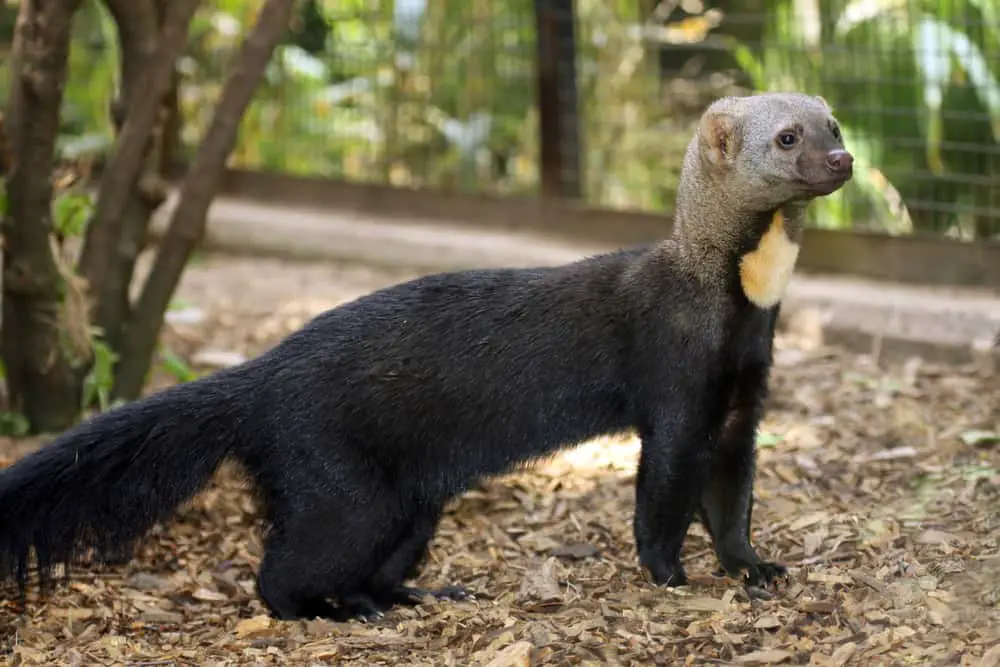
Tayra (Eira barbara) is a weasel that eats everything. They have long, slender bodies and they look a lot like other weasels and martens. They are up to 28 inches in length, not counting an eighteen-inch bushy tail, and they can weigh as much as 15 pounds.
Tayras are found in eastern South America, mostly in Brazil and Argentina. They are daytime active omnivores, living on rodents, birds and fruit, and honey. They can live up to seven or eight years.
Striped Polecat
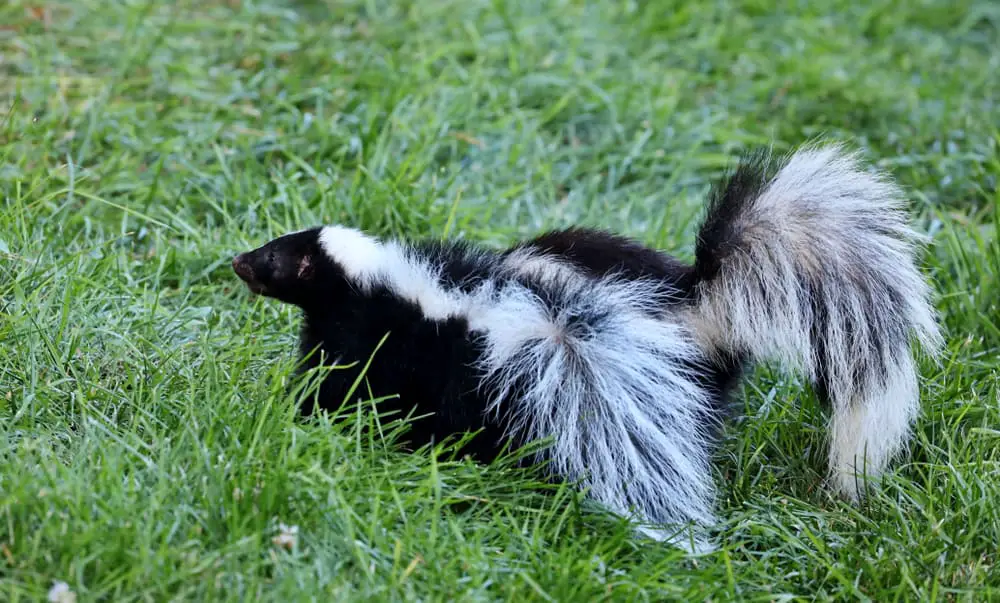
Aka Zorilla, African polecat, African skunk, and Cape polecat, live in the savannahs of South and West Africa. They have stripes running down their backs. Their legs and feet are black. They are 28 inches in length with a tail, and six inches high at the shoulder.
The striped polecat is a carnivore (no surprise). They thrive on rodents, snakes, birds, and insects. They have small stomachs, so they must eat often. They are nocturnal, solitary, aggressive, and territorial. Males mark their turf with an anal spray.
Stoat
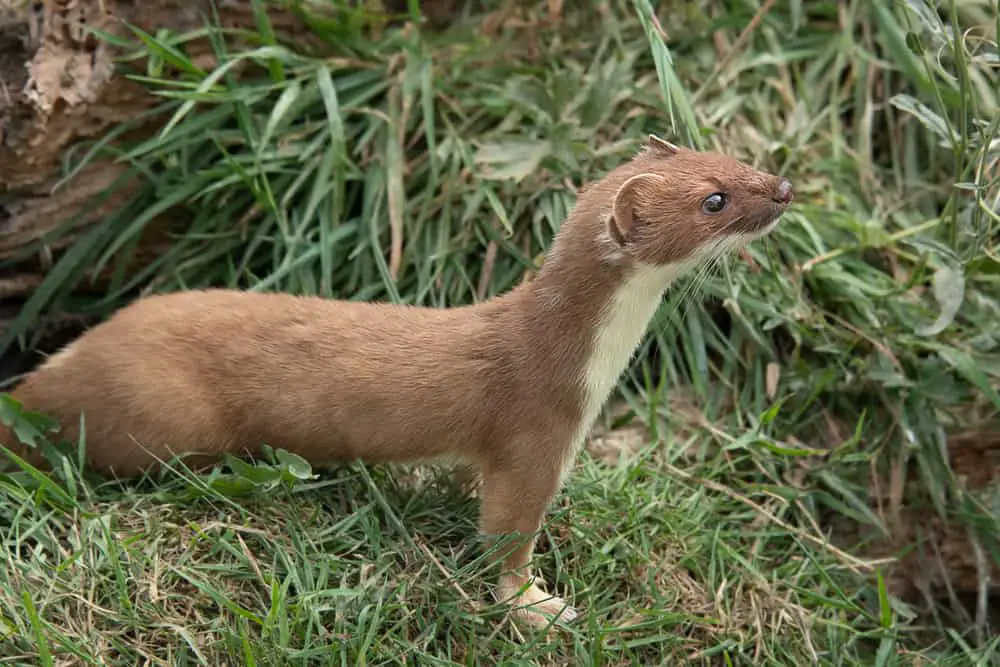
The stoat or short-tailed weasel, aka ermine, can be found in North America and Eurasia. It has an elongated neck, setting the head far in front of the shoulders.
Males measure seven to 13 inches in length, while females will measure up to 10 inches. Males average nine ounces in weight and females less than seven ounces. Stoats must eat at least 25% of their body weight each day.
Sable
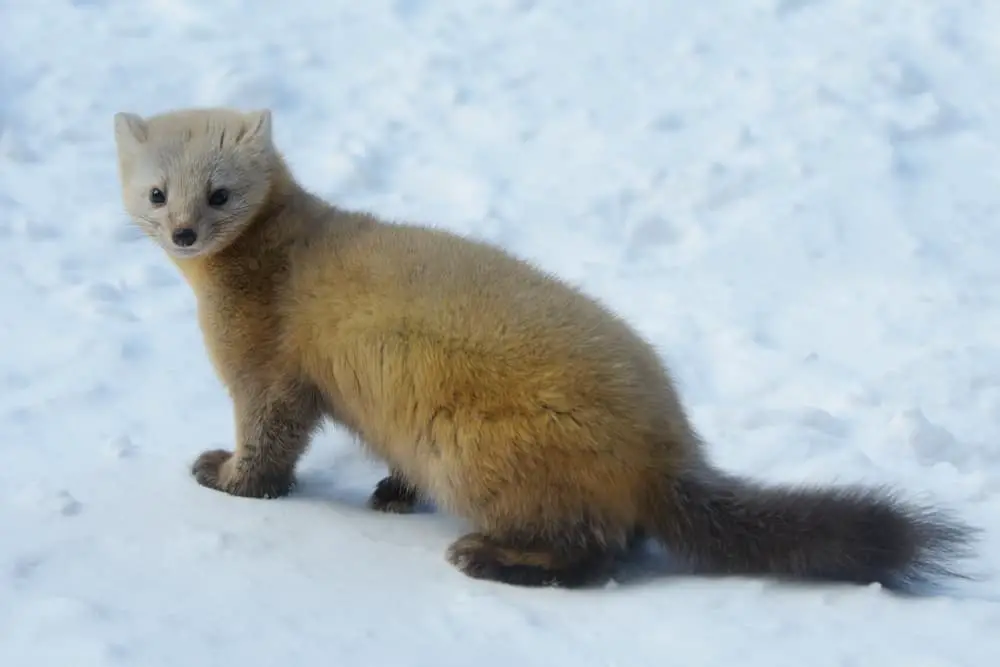
Sable is a species of marten. It inhabits the forests of Russia. It is a small, omnivorous animal. Its resemblance to an otter is slight. Males are 22 inches long and females measure 20 inches in length. The weight of both males and females varies from two to four pounds. They hunt by sound and scent. They have a sharp sense of hearing.
Marten
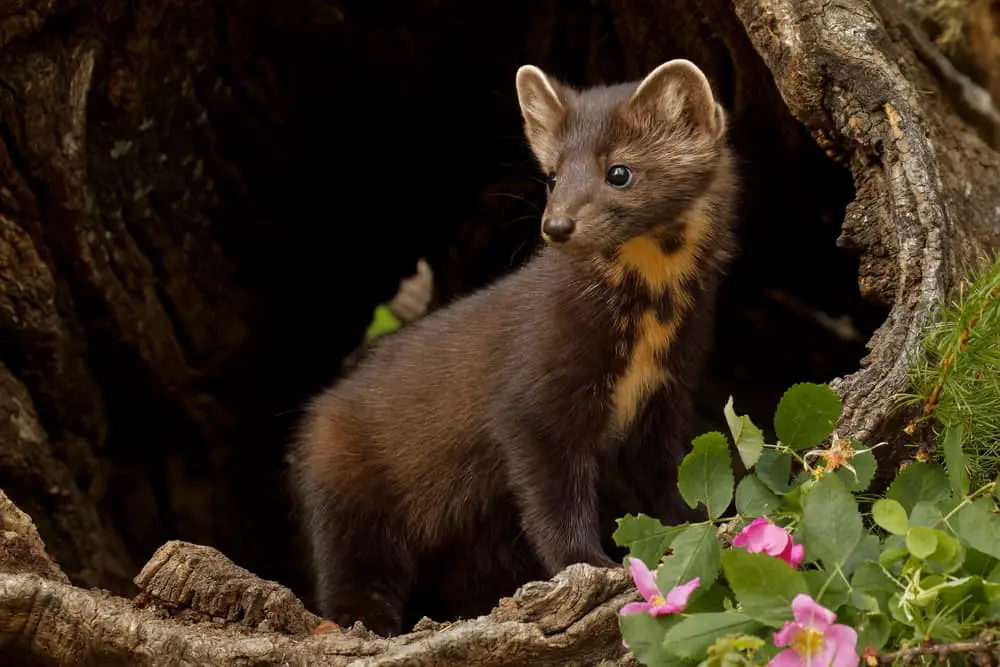
Martens have bushy tails and retractable claws. They are slender, agile, and quick. They live in the deciduous forests of the northern part of the world. They are loners, meeting only to mate. they produce litters of up to five kits in early summer.
The kits mature within months after weaning. By the time they are four months old, they have left the mother and can fend for themselves.
Lesser Grison
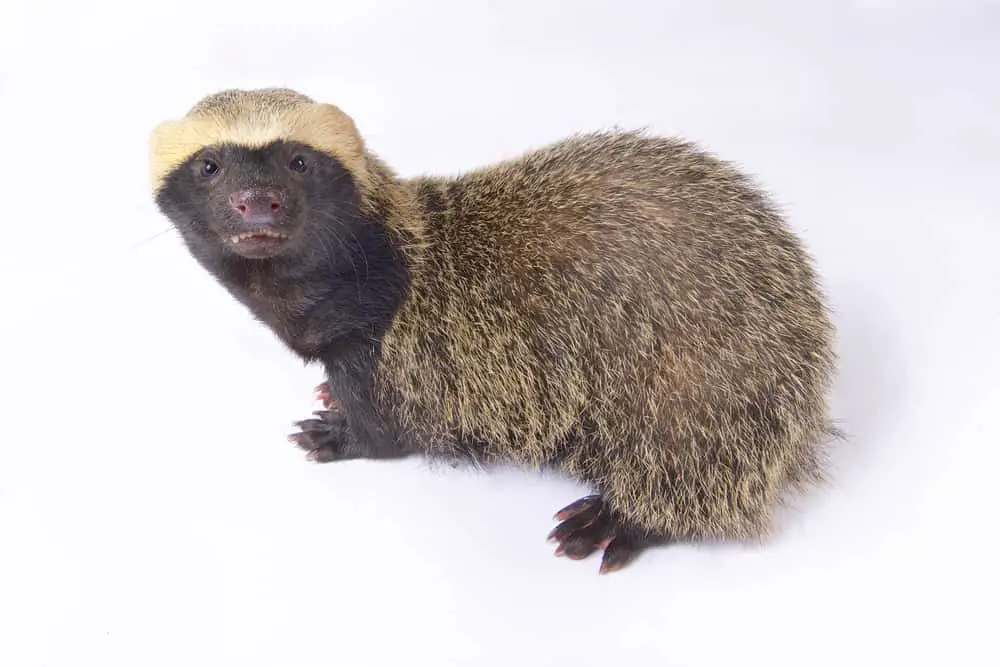
It is no secret that the Lesser grison is smaller than the greater grison. They have the long body of the Mustelidae, with a flat head and round ears. Body length is 11 to 20 inches plus a tail of 7.5 inches. Adults weigh as much as 5.5 pounds.
The feet are webbed with curved sharp claws. Lesser grisons are found in habitats near water throughout southern South America. They live in places as low as sea level and as high as 14,000 feet. They are solitary or in small families. They play with their food and sleep in trees. Not at all like the North American otter.
Egyptian weasel
The Egyptian weasel has short legs, a small head, and ears. It has a longish thin tail and a wide snout. It is omnivorous and consumes a significant amount of fruits and vegetables in its diet. It lives with and around humans in a symbiotic relationship.
The males are solitary and highly territorial. The range of the Egyptian weasel goes from Alexandria to Port Said and south as far as Beni Suef, 72 miles south of Cairo.



